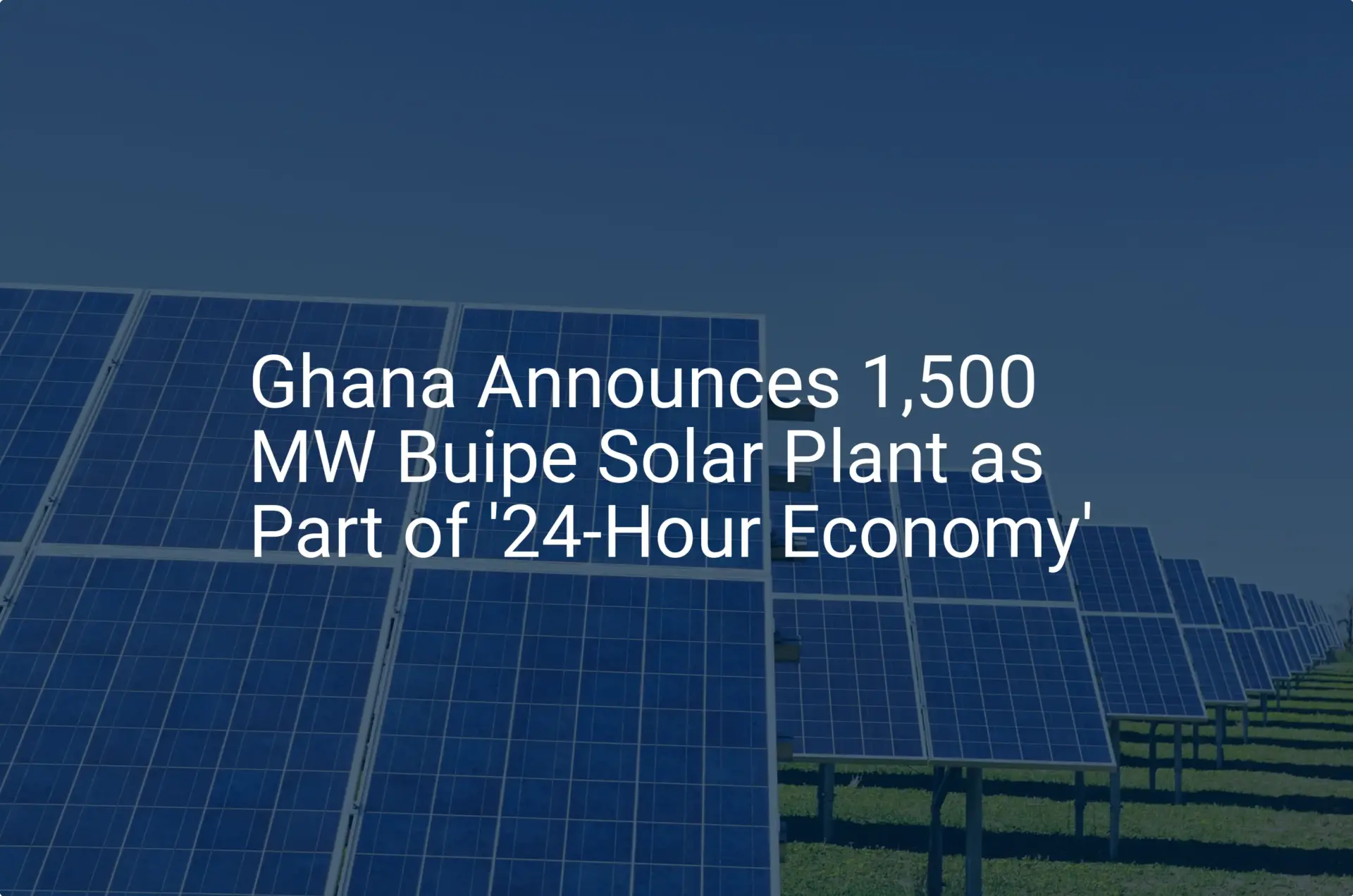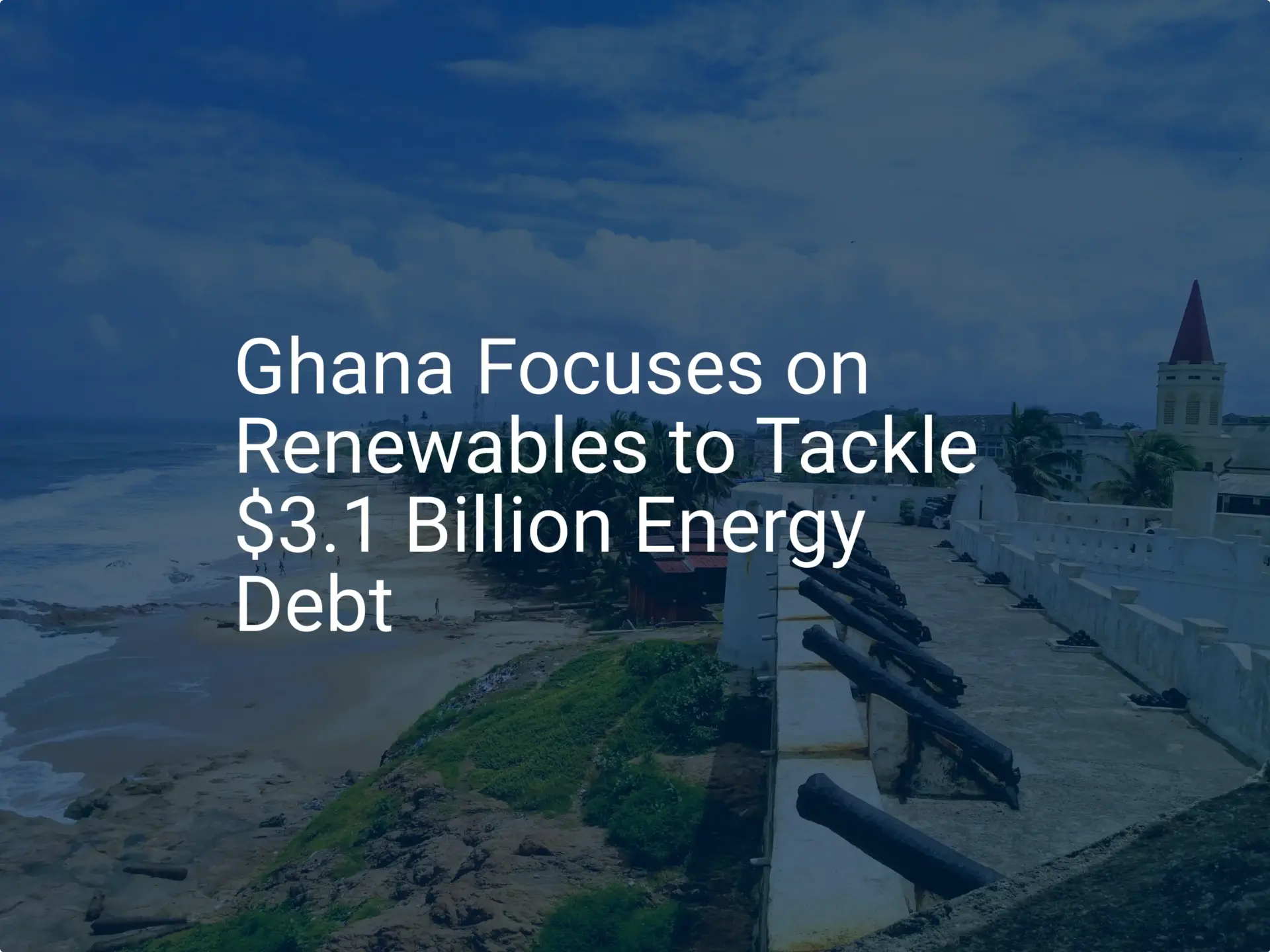An entrepreneur establishes a solar module production facility in Ghana. While domestic demand is strong, a glance at a map reveals a far greater opportunity: a continent hungry for energy. Nigeria, Côte d’Ivoire, and Senegal are all within reach, yet have been historically separated by tariffs and complex trade barriers.
But that landscape is fundamentally changing. The African Continental Free Trade Area (AfCFTA) is dismantling these barriers to create the largest free trade area in the world by number of participating countries.
For a solar manufacturer in Ghana, this is not merely a policy update; it is a commercial revolution that can transform a national business plan into a blueprint for regional leadership. This article outlines a practical export strategy for Ghanaian-produced solar modules, exploring how to leverage the AfCFTA by focusing on market prioritization, logistics, quality certification, and the strategic positioning of high-performance modules designed for the African climate.
Understanding the AfCFTA’s Impact on Solar Module Exports
The AfCFTA represents a pivotal moment in Africa’s economic history. It connects 1.3 billion people across 55 countries, creating an economic bloc with a combined GDP of US$3.4 trillion. Its primary goal is to boost intra-African trade by progressively eliminating tariffs on 90% of goods. For a capital-intensive industry like solar module manufacturing, the implications are profound.
Previously, exporting modules from Ghana to Nigeria would have incurred significant import duties, making them less competitive against products arriving from outside the continent. Under the AfCFTA, these tariffs are reduced or eliminated for products meeting the ‘Rules of Origin’ criteria.
This shift creates a powerful incentive for domestic production, allowing a Ghanaian factory to serve the entire ECOWAS region as its home market. Such expanded market access de-risks the initial investment and dramatically increases the potential return.
Ghana as a Strategic Hub for Solar Module Production
Ghana’s position as the host of the AfCFTA Secretariat is more than symbolic; it signals the country’s commitment to becoming a central hub for pan-African trade. Combined with its stable political environment, growing economy, and strategic coastal location, Ghana offers a compelling base for an export-oriented manufacturing operation.
The Port of Tema provides efficient sea access to major commercial centers like Lagos, Abidjan, and Dakar. This logistical advantage reduces shipping times and costs compared to importing from Asia or Europe, giving a local manufacturer a critical competitive edge.
This geographic advantage is the foundation of a successful export business, making a detailed analysis of target markets and logistical pathways a core component of any robust solar panel manufacturing business plan.
Developing a Three-Pillar Export Strategy for West Africa
A successful export strategy requires a clear understanding of markets, logistics, and quality. For a Ghanaian module manufacturer, a three-pillar approach offers a structured framework for regional expansion.
Ready to make big Profits?
The solar Industry is Booming
WE HELP NEWCOMERS to the solar industry start their own solar module production line. Customers can make BIG PROFITS by selling modules and finding investors, without wasting money and time on things they don't need!
Pillar 1: Market Identification and Prioritization
While the AfCFTA opens up the entire continent, a focused approach is essential. The most logical initial targets are the large, high-growth economies in West Africa:
- Nigeria: With a population exceeding 200 million and a significant energy deficit, Nigeria represents the largest single market in the region. Chronic grid instability drives strong demand for decentralized solar solutions in the commercial, industrial, and residential sectors.
- Côte d’Ivoire: As one of West Africa’s fastest-growing economies, Côte d’Ivoire has a rapidly increasing demand for electricity. The government’s ‘Électricité pour tous’ (Electricity for All) program creates a favorable environment for renewable energy adoption.
- Senegal: Senegal has ambitious renewable energy targets and has been a regional leader in deploying utility-scale solar projects. There is also a growing market for off-grid and mini-grid solutions in rural areas.
By prioritizing these three markets, a manufacturer can concentrate its marketing, distribution, and logistical efforts for maximum impact.
Pillar 2: Logistics and Supply Chain Management
Moving goods efficiently across borders is a critical operational challenge. While the AfCFTA aims to streamline customs and reduce paperwork, manufacturers must still plan for on-the-ground realities. Key considerations include:
- Shipping Routes: Utilizing container shipping from the Port of Tema to the ports of Lagos, Abidjan, and Dakar is the most reliable method for large volumes.
- Overland Transport: For shorter distances or inland destinations, road freight is an option, though it requires careful planning to navigate potential border delays and variable road conditions.
- Warehousing and Distribution: Establishing partnerships with local distributors or setting up small warehouses in target markets can reduce delivery times and improve customer service.
As intra-African trade infrastructure improves, these logistical hurdles will diminish, further strengthening the case for regional production.
Pillar 3: Certification and Quality Assurance
Trust is the most valuable currency in a new market. To compete effectively, modules produced in Ghana must meet or exceed international standards. Adherence to key certifications like IEC 61215 (performance and design qualification) and IEC 61730 (safety qualification) is non-negotiable.
Producing modules specifically engineered for the local climate provides a significant advantage—making the concept of DESERT+ modules a powerful differentiator. These modules use materials and construction techniques optimized for high-temperature, high-humidity, and high-UV environments common across West Africa.
Adhering to a stringent solar panel quality control process is not just about compliance; it is a fundamental market differentiator that builds a reputation for reliability and long-term performance.
Financial Considerations for an Export-Oriented Factory
An export-focused strategy influences a factory’s initial design and financial planning. A modern, 25–50 MW turnkey line, like those designed by J.v.G. Technology, offers the right balance of automation, capacity, and flexibility to serve both the domestic Ghanaian market and initial export volumes.
The pricing strategy must be competitive. While it may be difficult to match the absolute lowest price of mass-produced Asian modules, a Ghanaian manufacturer can offer a superior value proposition based on:
- Tariff Advantages: Duty-free access to ECOWAS markets under the AfCFTA.
- Lower Logistical Costs: Reduced shipping distances and faster delivery times.
- Specialized Technology: The superior lifetime energy yield of DESERT+ modules in local conditions.
- ‘Made in Africa’ Brand: A growing preference for locally produced goods that support regional economic development.
Understanding the complete financial picture is critical, as the cost to start solar panel manufacturing includes not only machinery but also working capital for raw materials and the initial investment in export logistics and marketing.
A Practical Perspective: Insights from the Field
Experience from past projects provides valuable lessons. A J.v.G. client in West Africa, for instance, initially focused solely on their domestic market. After analyzing regional energy deficits and the new trade advantages under the AfCFTA, they reoriented their business plan to allocate 40% of their production for export within the first three years.
This strategic shift away from total reliance on the local market significantly improved their project’s long-term financial viability and market position. This foresight is what separates a local factory from a regional industrial leader.
Frequently Asked Questions About Exporting Solar Modules in Africa
What are the ‘Rules of Origin’ under the AfCFTA and how do they apply to solar modules?
The ‘Rules of Origin’ are criteria used to determine if a product is genuinely ‘African’ and thus eligible for preferential tariff treatment. For solar modules, this typically means a certain percentage of the product’s value must be added within an AfCFTA member state. An assembly line in Ghana that imports solar cells but uses local labor and sources components like aluminum frames, glass, and junction boxes from the continent would generally meet these requirements.
How can a new manufacturer compete with established international brands?
Competition is not based on price alone. A new African manufacturer can compete by leveraging its unique advantages: faster delivery times to regional customers, tariff-free access under the AfCFTA, superior customer service, and a product (like DESERT+ modules) specifically engineered for the African climate.
What are the most significant logistical challenges for exporting within West Africa?
The primary challenges include customs inconsistencies at border crossings, potential road transport delays, and port congestion. The AfCFTA framework is designed to address these issues over time, but for now, detailed logistical planning and working with experienced freight forwarders are essential for ensuring a smooth supply chain.
Does producing high-performance modules like DESERT+ increase costs significantly?
While the initial material cost for specialized components might be slightly higher, the long-term value is substantially greater. These modules produce more energy over their lifetime in harsh conditions, resulting in a lower Levelized Cost of Energy (LCOE) for the end-user. This makes them a more bankable and financially attractive investment—a key selling point for distributors and project developers.
Conclusion: From National Production to Regional Leadership
The African Continental Free Trade Area is more than a trade agreement; it is a strategic roadmap for industrialization. For entrepreneurs in Ghana’s solar sector, it provides the framework to think beyond national borders and build businesses with a regional footprint.
By establishing a modern production facility, focusing on high-quality modules engineered for the African climate, and executing a targeted export strategy, a Ghanaian manufacturer can become a key supplier in West Africa’s energy transition. The convergence of local manufacturing capabilities and pan-African market access presents a historic opportunity for both commercial success and a more energy-independent continent.






